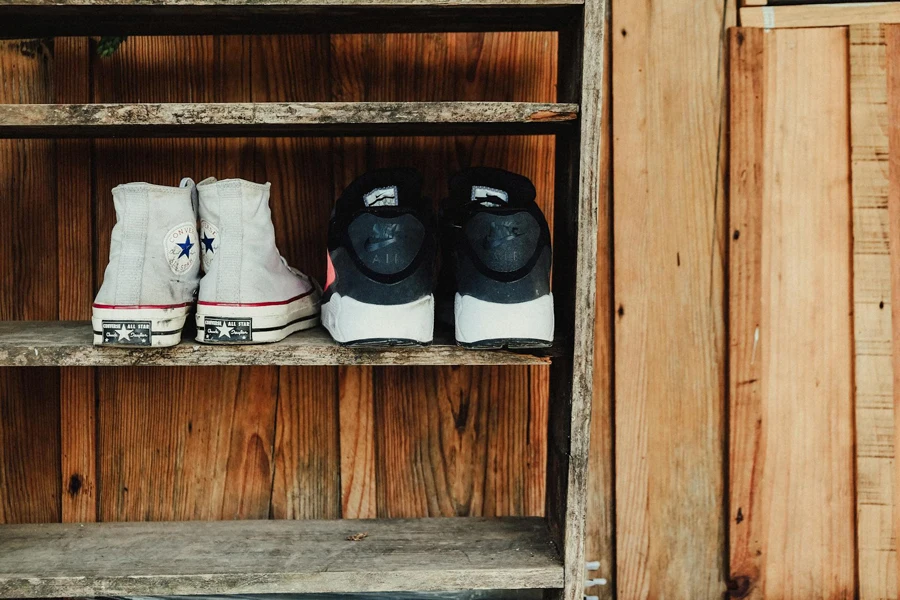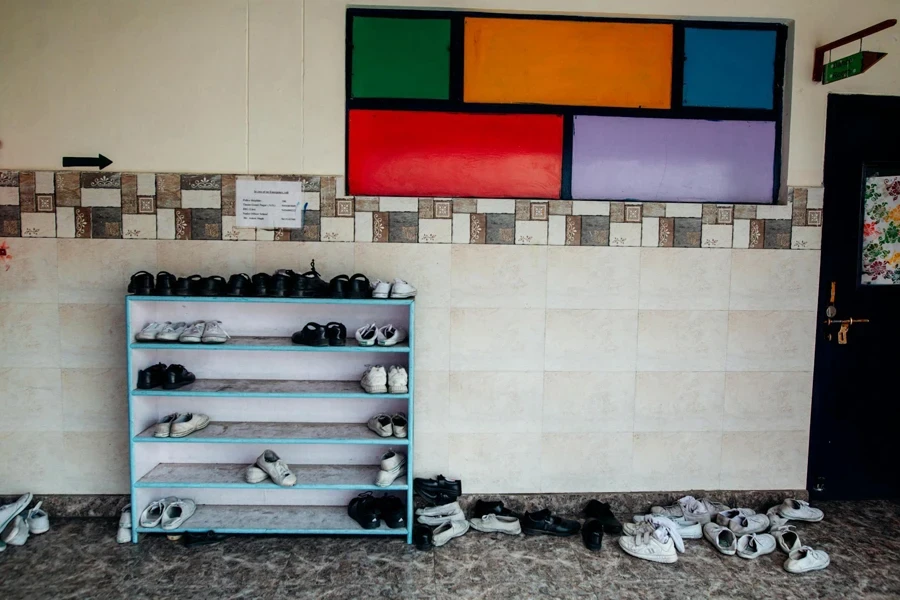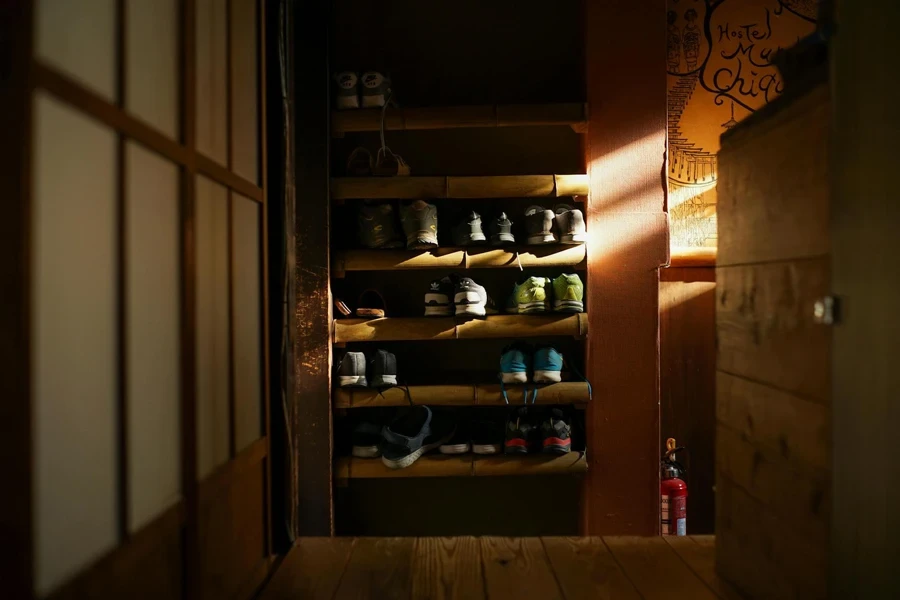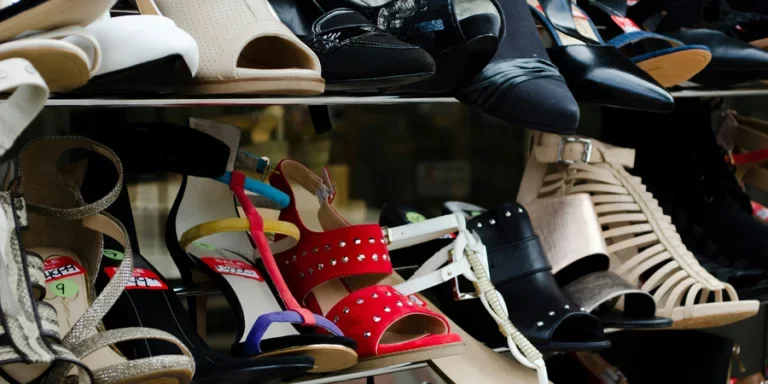Table of Contents
● Introduction
● Market overview
● Different types and their features
● Things to consider when selecting products
● Conclusion
Introduction

Shoe racks and stands are essential for organizing footwear and maximizing space in homes. These practical storage solutions not only prevent clutter but also enhance the aesthetic appeal of any space. The growing market for shoe racks, driven by product innovations and increased disposable incomes, reflects their rising popularity. Various designs, from freestanding to wall-mounted and specialized racks, cater to different needs and preferences. Investing in the right shoe rack ensures a neat, organized, and stylish home environment.
Market overview

Market scale and growth
The shoe rack market was valued at USD 25.6 billion in 2023 and is expected to see substantial growth, reaching USD 40.0 billion by 2030 with a significant compound annual growth rate (CAGR) of 6.59% during the forecast period from 2023 to 2030. Key factors contributing to this expansion include continuous product innovations by manufacturers, the robust growth of the footwear industry, especially in developing economies, and the increasing popularity of e-commerce platforms. Additionally, rising personal disposable incomes are enabling more consumers to invest in shoe racks and stands.
On a regional level, the Asia-Pacific region dominates the market, accounting for a significant share of global revenue. This dominance is attributed to the abundant availability of raw materials, increasing personal disposable incomes, and rapid urbanization and modernization trends in countries such as China and India. Furthermore, the expanding middle class in these regions is driving demand for organized and aesthetically pleasing storage solutions. The growing e-commerce sector in Asia-Pacific also facilitates wider product availability and consumer reach, further boosting market growth.
Different types and their features

Freestanding shoe racks
Freestanding shoe racks are versatile, offering a variety of sizes and materials, including hardwood and powder-coated steel. These racks can range from compact units holding 6-8 pairs of shoes to large, multi-tiered structures accommodating over 50 pairs. Open designs, typically made from metal or durable plastic, allow for easy access and ventilation, while closed designs, often constructed from MDF or solid wood, provide protection from dust and maintain a tidier appearance. Many freestanding racks also feature adjustable shelves to accommodate different shoe sizes and styles.
Wall-mounted shoe racks
Wall-mounted shoe racks are designed to save floor space and utilize vertical storage. These racks can include over-the-door models with adjustable hooks, floating shelves with concealed mounting brackets, and pegboard systems with customizable pegs and shelves. Made from materials like high-density polyethylene or stainless steel, wall-mounted racks can support weights ranging from 10 to 50 pounds per shelf, depending on the installation method and wall type. Some models also include integrated hooks or baskets for additional storage.
Shoe cabinets
Shoe cabinets provide an elegant storage solution with a variety of materials and design options. Typically made from engineered wood with laminate or veneer finishes, these cabinets can feature soft-close doors, internal LED lighting, and ventilation slats to prevent odour buildup. Dimensions can vary, with some cabinets offering narrow profiles for tight spaces, and others providing deep compartments to store up to 24 pairs of shoes. Shoe cabinets often include adjustable shelving, pull-out drawers, and even rotating carousel systems for easy access.
Shoe drawers
Shoe drawers are integrated storage solutions, often built into closets or custom cabinetry. These drawers can include features like soft-close mechanisms, full-extension slides for easy access, and dividers to organize different types of footwear. Constructed from materials such as plywood with melamine coating or solid wood with dovetail joints, shoe drawers are designed for durability and smooth operation. They can be customized in height and depth to fit various shoe sizes, ensuring optimal use of closet space.
Shoe benches
Shoe benches combine seating and storage, typically featuring a sturdy frame made from materials like acacia wood or powder-coated steel. The benches often include upholstered seating with high-density foam for comfort, and storage compartments underneath. These compartments can be open shelves, pull-out baskets, or flip-top bins. Dimensions vary, but a common size might be 40 inches wide, 18 inches high, and 14 inches deep, accommodating 8-12 pairs of shoes. Some benches also include additional features like coat hooks or a top shelf for hats and bags.
Specialized shoe racks
Specialized shoe racks are tailored for specific footwear, such as boot racks with tall compartments and reinforced bars to maintain boot shape, or sneaker racks with perforated shelves for airflow. Materials range from high-grade plastics to anodized aluminium, ensuring both durability and lightweight construction. These racks can include features like stackable modules, built-in deodorizers, and adjustable dividers to fit various shoe sizes and shapes. Additionally, some models are equipped with rollers or casters for easy mobility.
Things to consider when selecting products

Material
When selecting a shoe rack, the choice of material is crucial. Wooden shoe racks, such as those made from solid oak or walnut, offer high durability and a classic aesthetic. They often feature a varnished or lacquered finish to enhance their longevity and resistance to wear. However, wooden racks can be heavy and more expensive. Metal racks, often made from stainless steel or anodized aluminium, provide a modern look and robust support. These materials resist rust and corrosion, making them suitable for humid environments. Plastic racks, crafted from high-density polyethylene (HDPE) or polyvinyl chloride (PVC), are lightweight, moisture-resistant, and budget-friendly, though they may not offer the same strength as wood or metal. Fabric racks, typically using reinforced polyester or canvas, are lightweight and portable, ideal for temporary storage solutions, but may not support heavier footwear.
Design
The design of a shoe rack significantly impacts its functionality. Open racks, which can feature wire shelves or slatted wood, offer good ventilation, preventing odour buildup and keeping shoes dry. However, they expose shoes to dust and require regular cleaning. Closed racks, including those with solid panels or doors, protect shoes from dust and create a cleaner appearance. These designs may include soft-close hinges or magnetic closures to enhance usability. Stackable designs, often modular in nature, use interlocking mechanisms or adjustable legs to allow vertical expansion. These racks can be tailored to fit various spaces and shoe sizes, making them highly versatile for dynamic storage needs.
Storage and capacity
Choosing the right size and number of compartments is essential for optimal storage. Shoe racks with adjustable shelves or telescopic rails can accommodate different shoe sizes, from flats to high boots. The weight capacity should be considered, with metal racks typically supporting up to 100 pounds per shelf, while wooden racks can handle around 50-70 pounds depending on the construction. For instance, a reinforced steel rack with mesh shelves can support heavier boots, while a wooden rack with dowel joints and reinforced brackets provides stability and strength. Multi-tiered racks offer more storage in a compact footprint, with some designs featuring up to five tiers, each capable of holding multiple pairs of shoes.
Style and durability
Matching the shoe rack style to home decor is crucial for maintaining aesthetic harmony. Wooden racks with a stained finish can complement rustic or traditional interiors, while metal racks with powder-coated finishes suit contemporary or industrial themes. The durability of the shoe rack is determined by the quality of its construction and materials. For example, racks with mortise and tenon joints or welded metal frames offer superior strength and longevity. Regular maintenance, such as dusting wooden surfaces and tightening screws or bolts, ensures the rack remains in good condition.
Conclusion

Investing in the right shoe rack offers numerous benefits, including improved organization, maximized space, and enhanced home aesthetics. By carefully selecting a product that fits individual needs and space, buyers can enjoy a clutter-free environment and easy access to their footwear. Whether opting for a stylish wooden rack, a durable metal design, or a versatile stackable unit, choosing the right shoe rack ensures both functionality and style in any setting.




